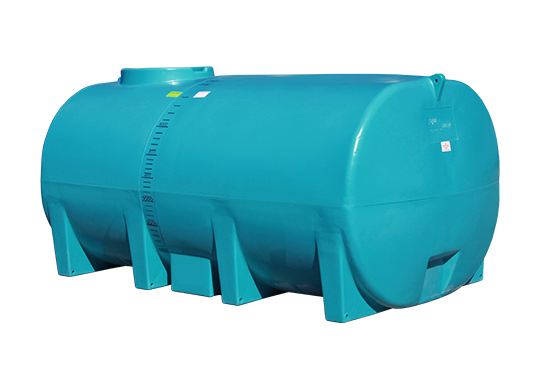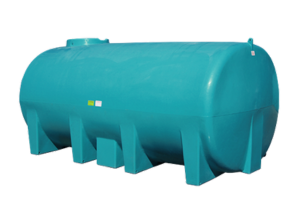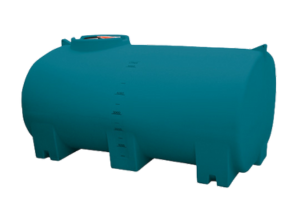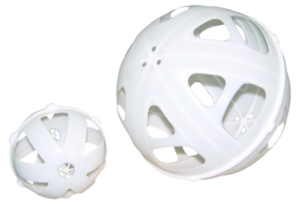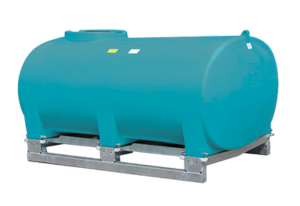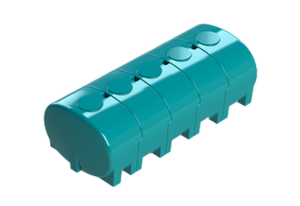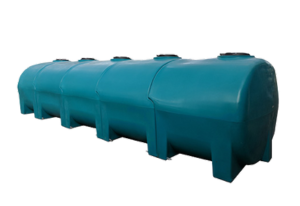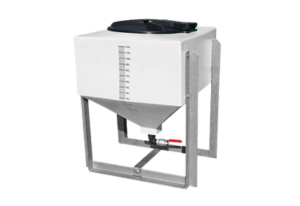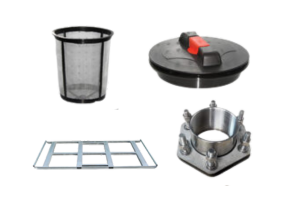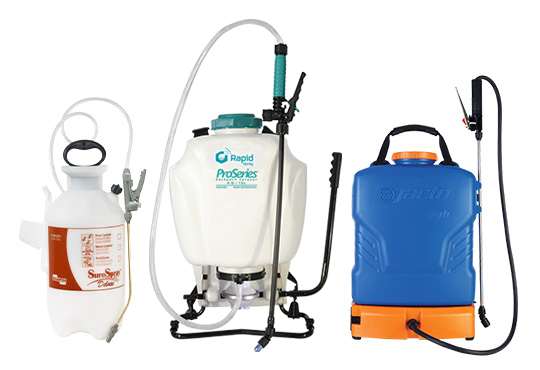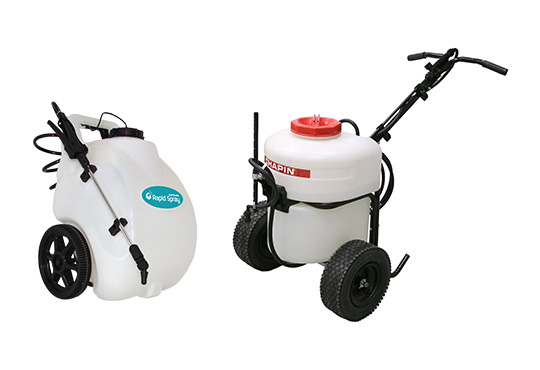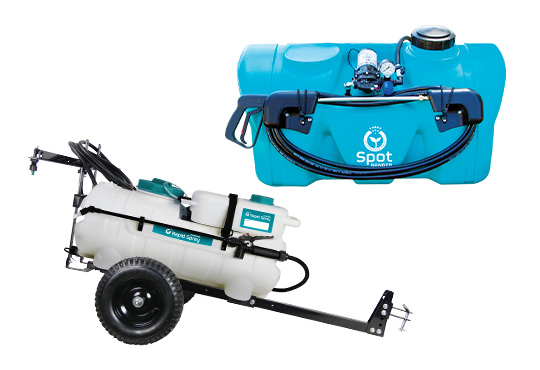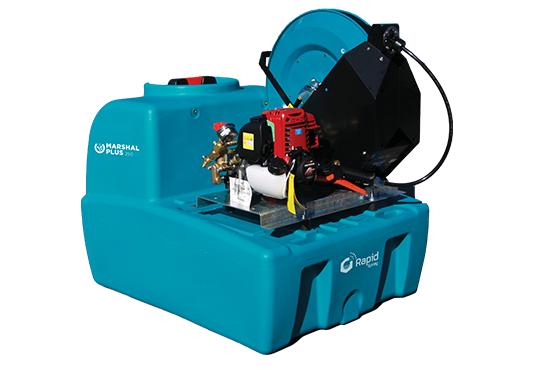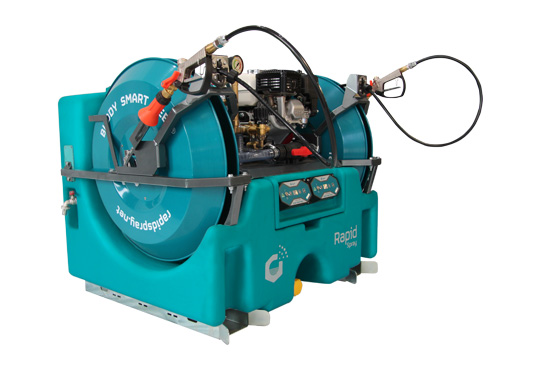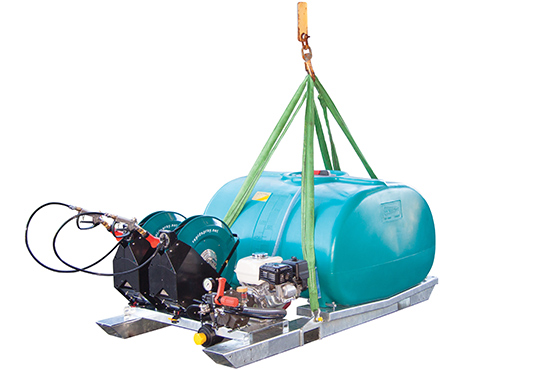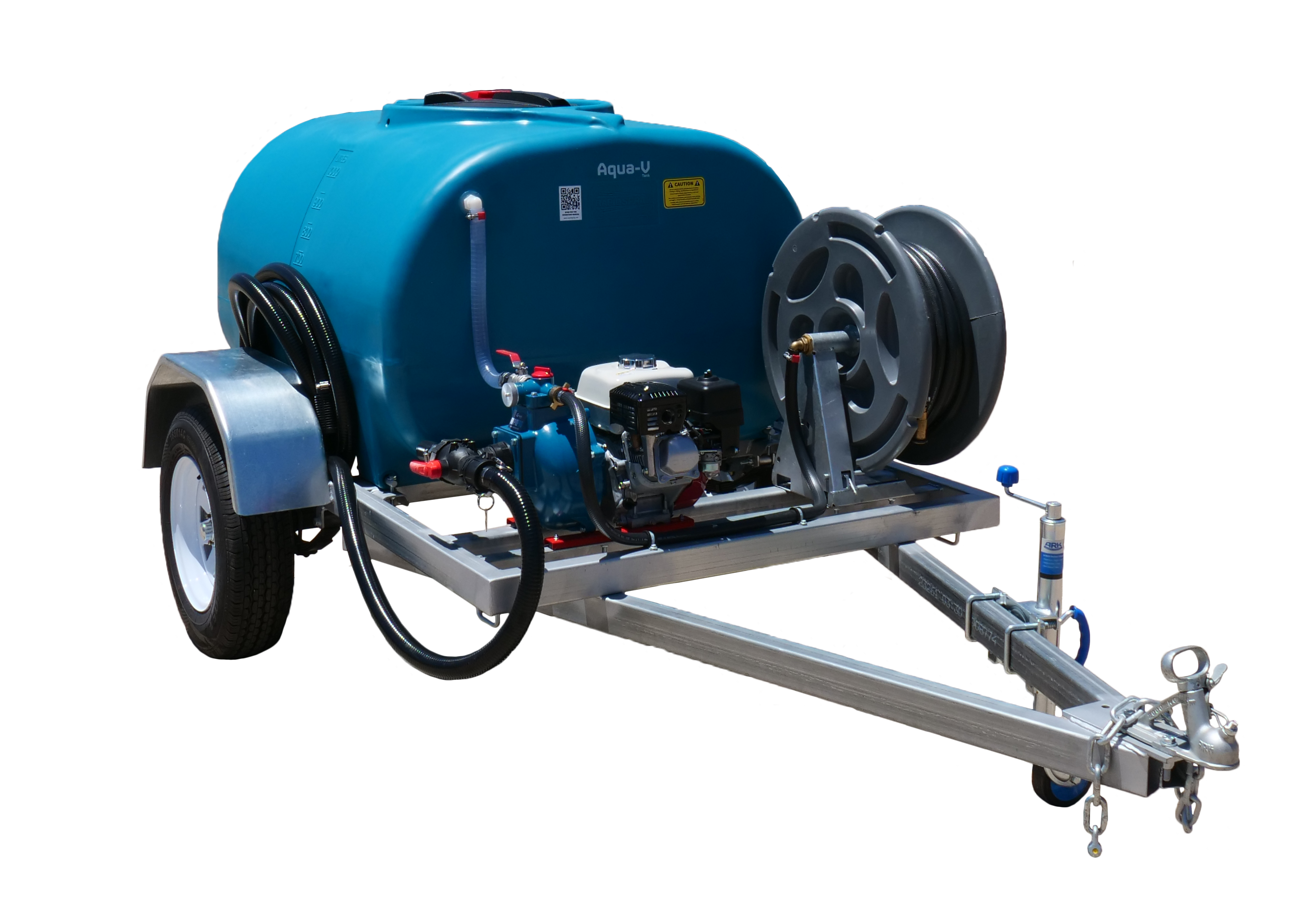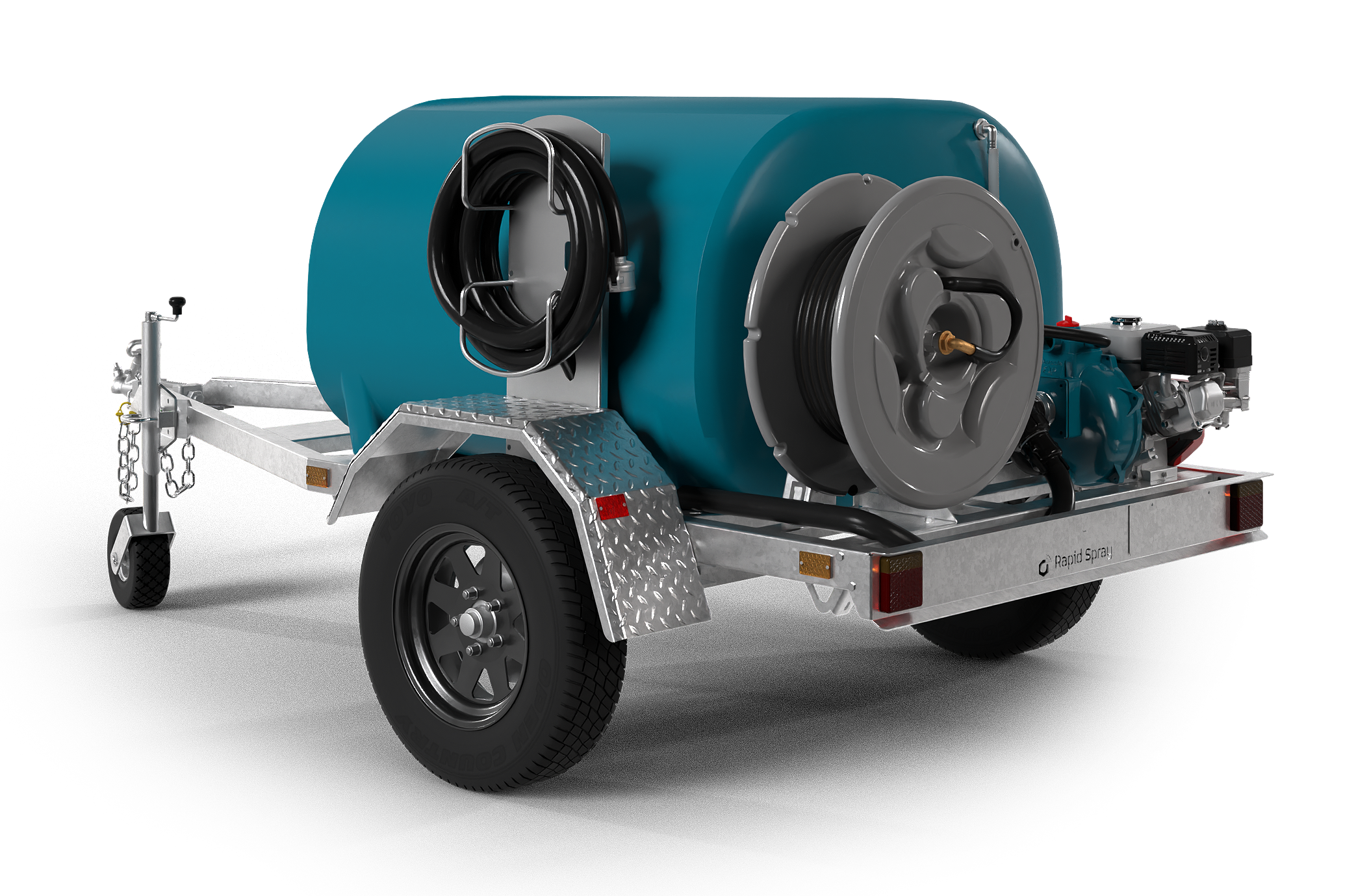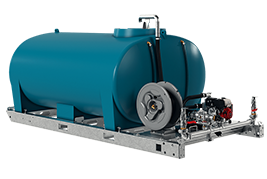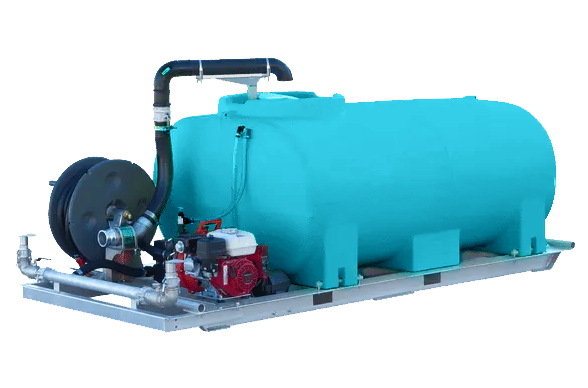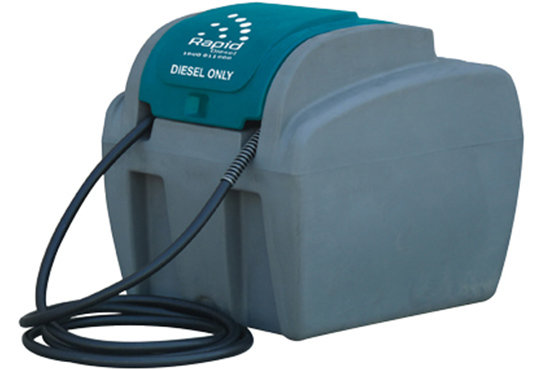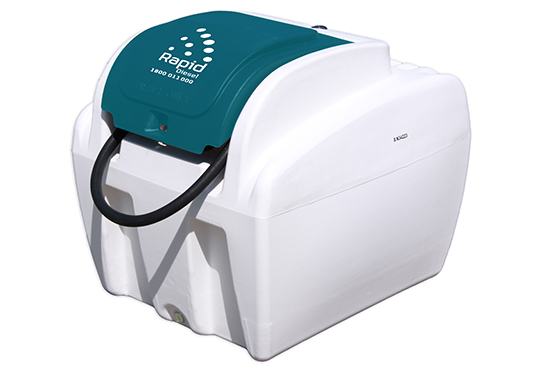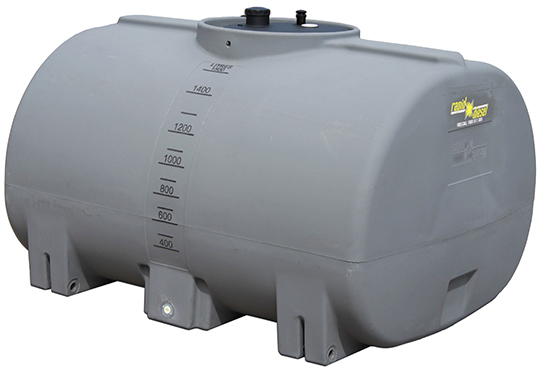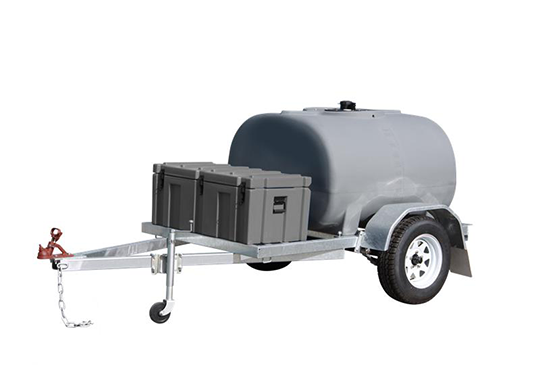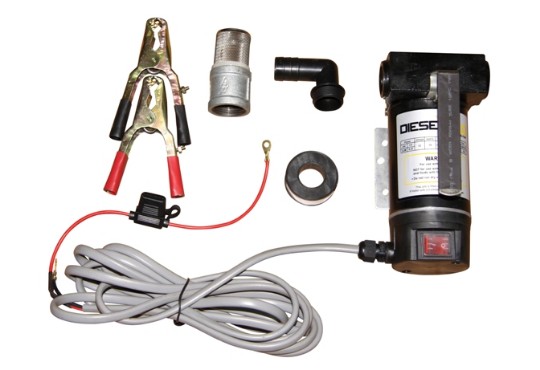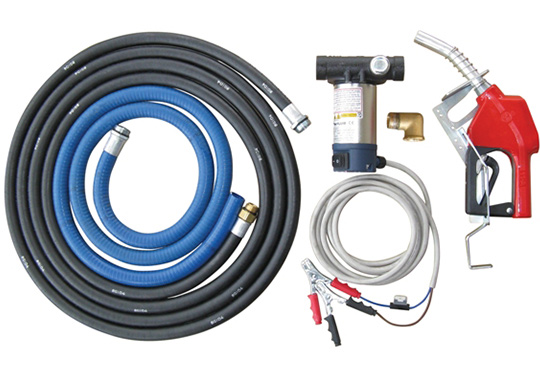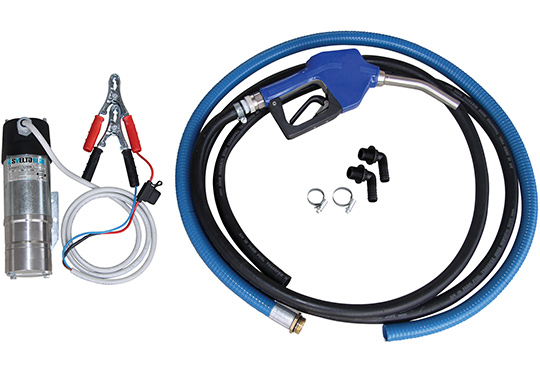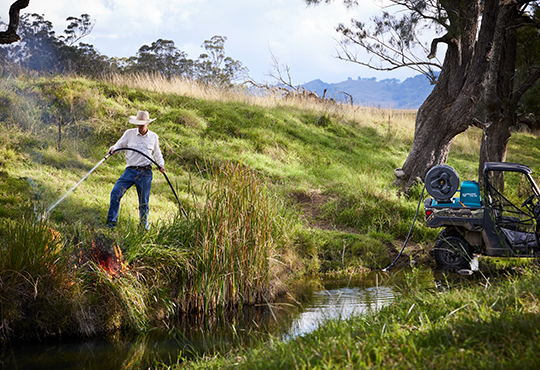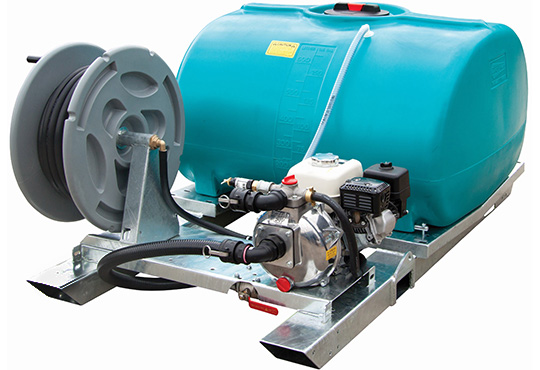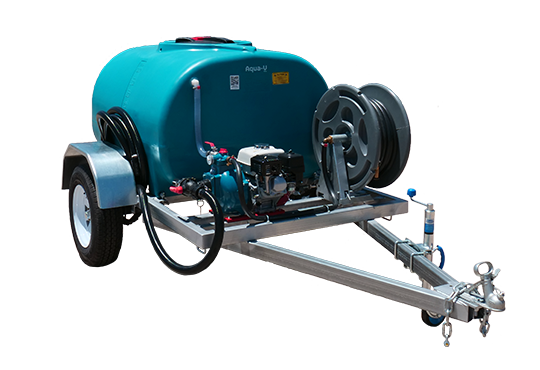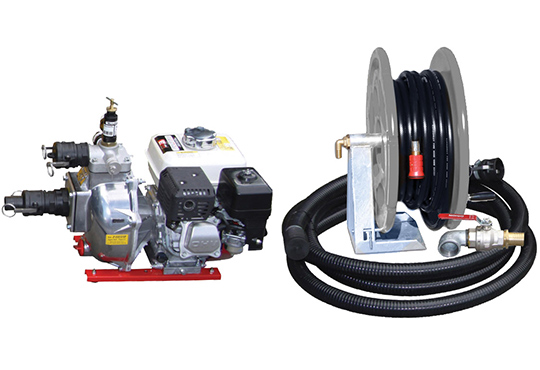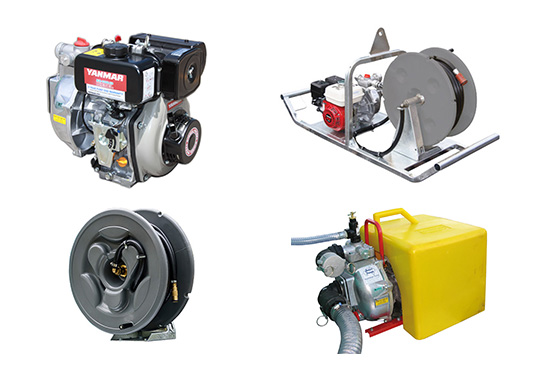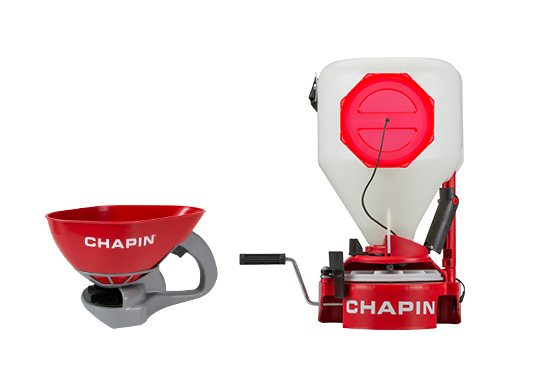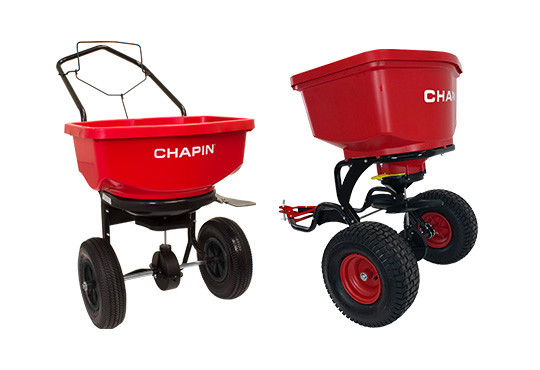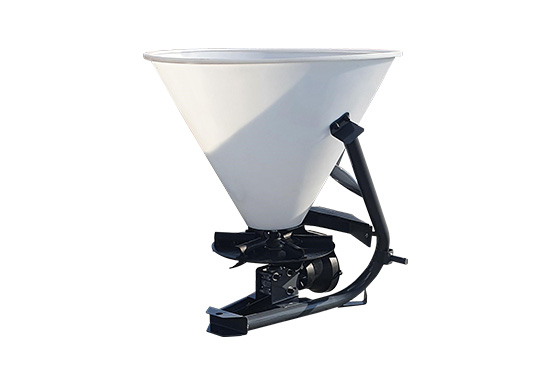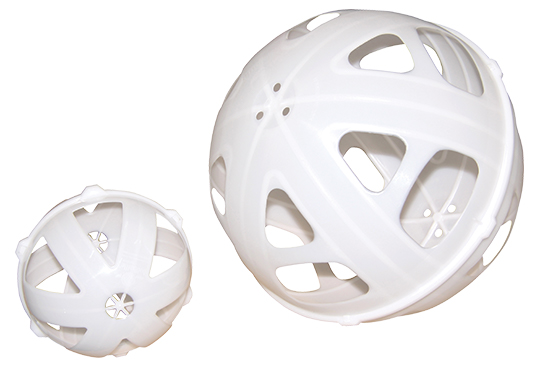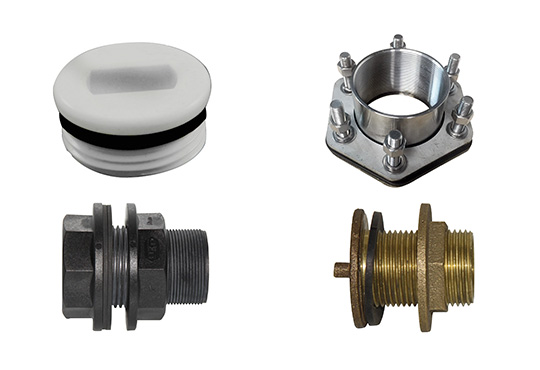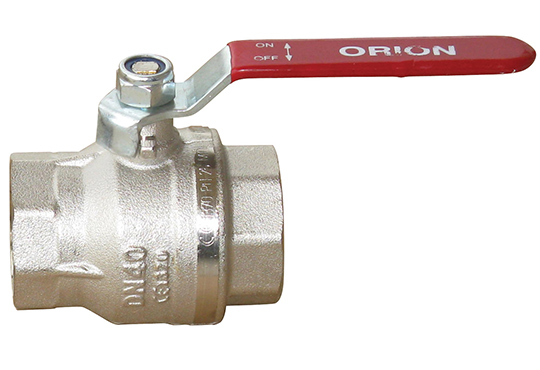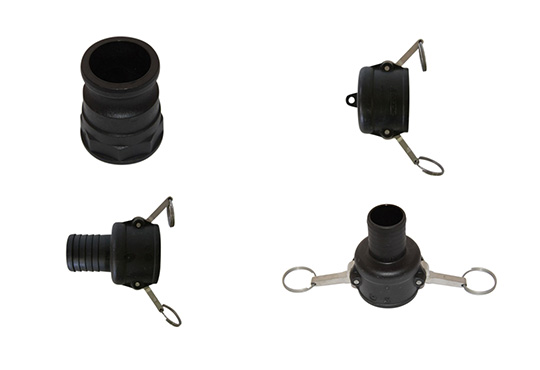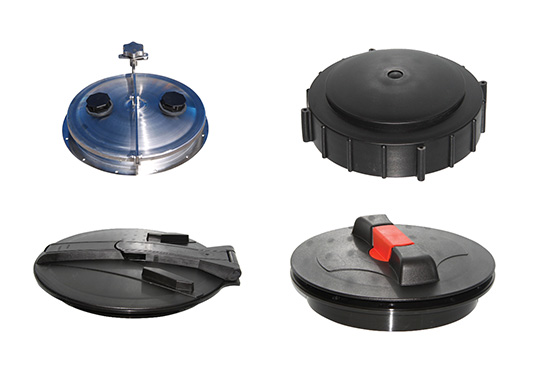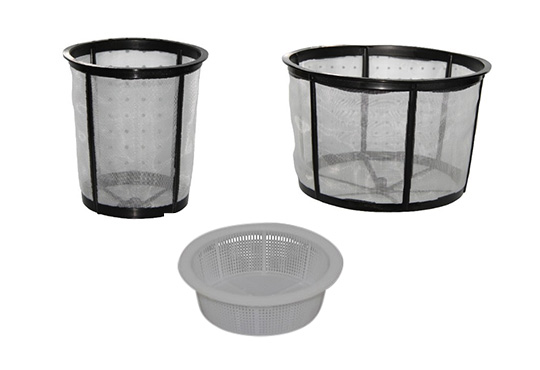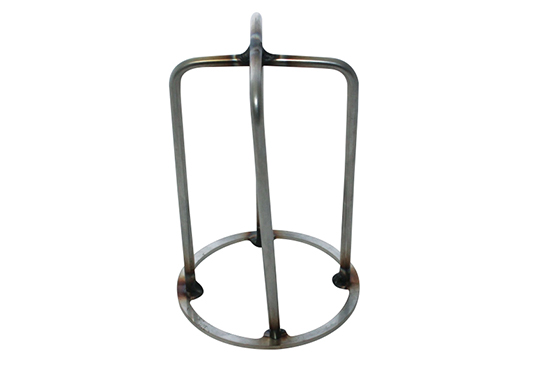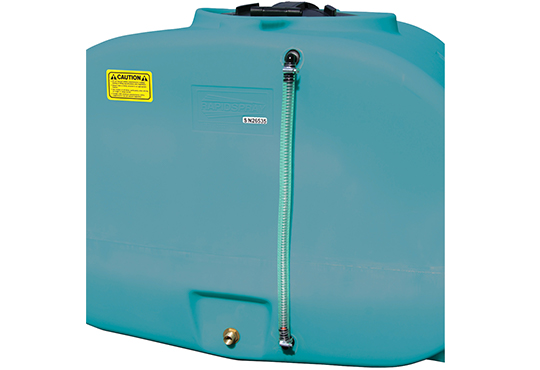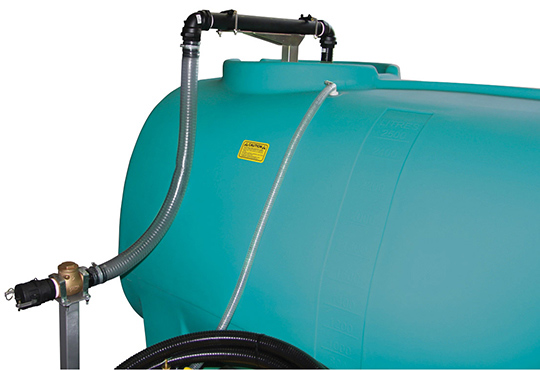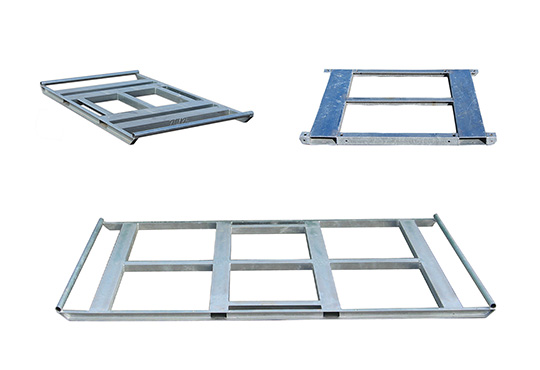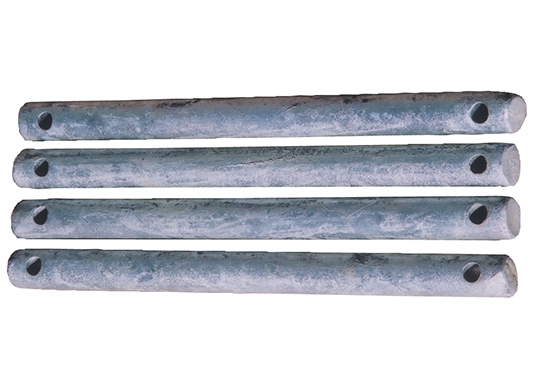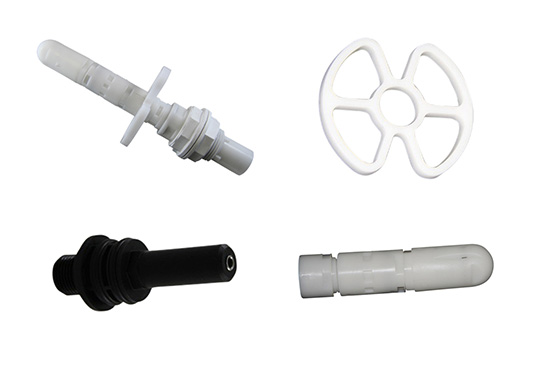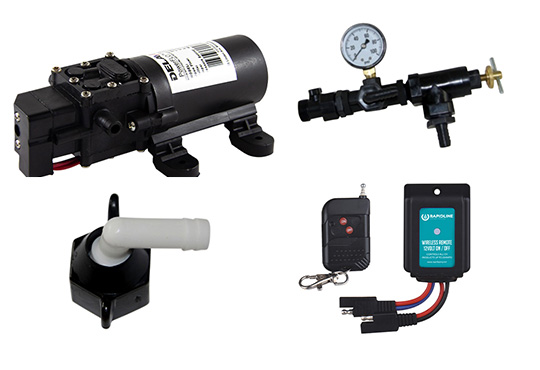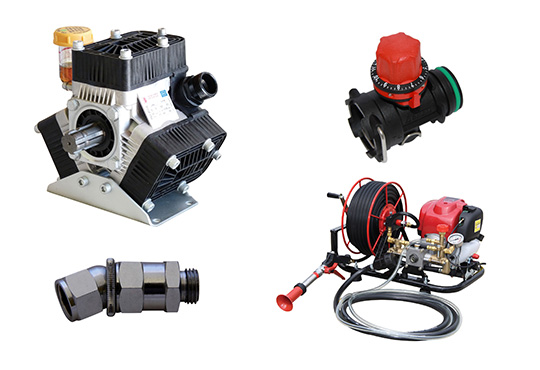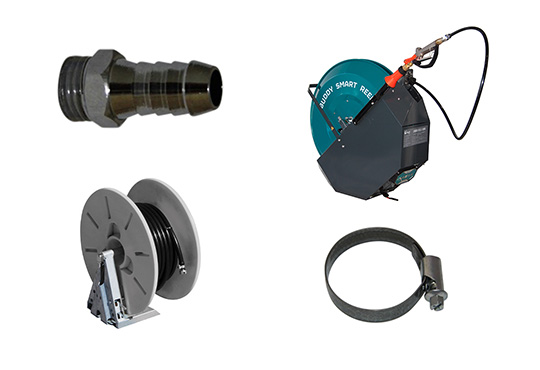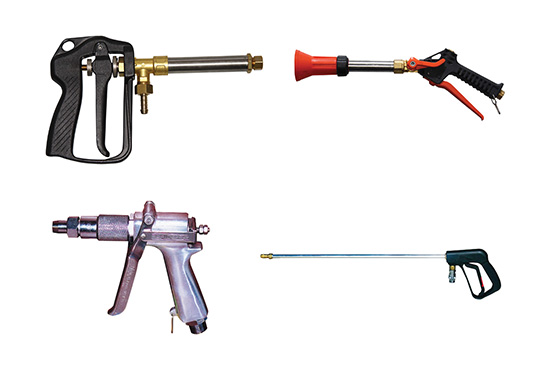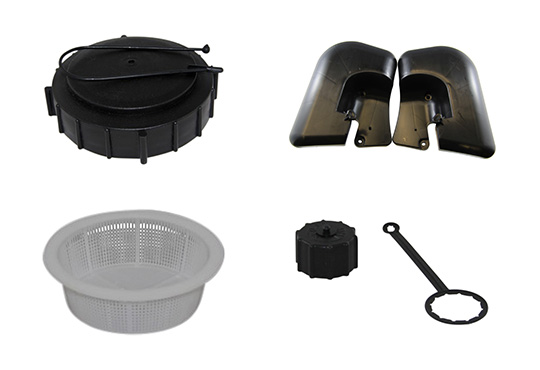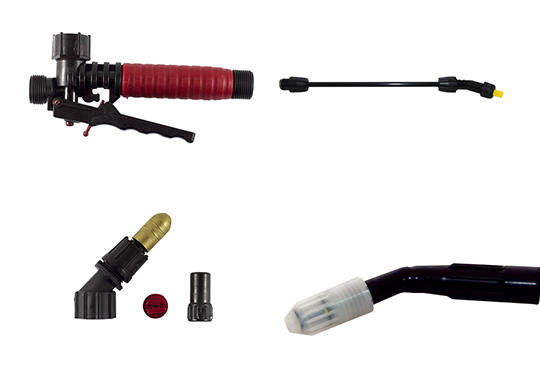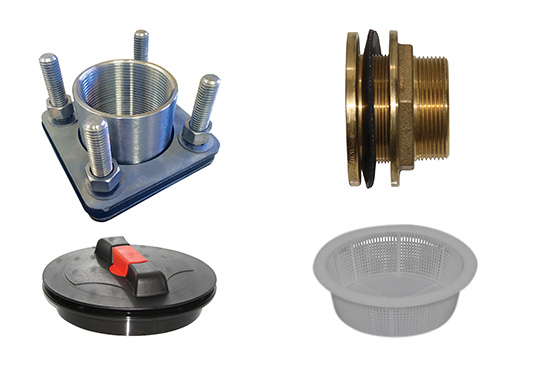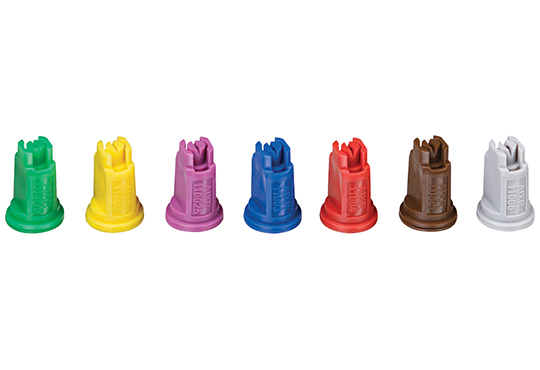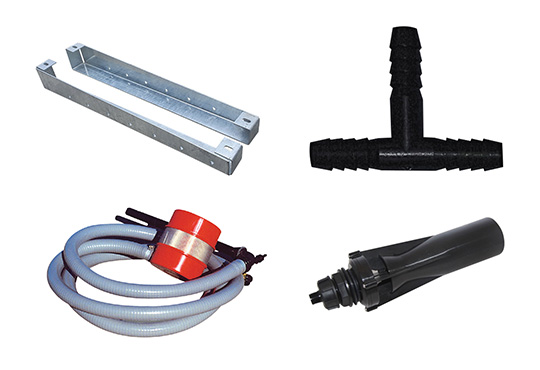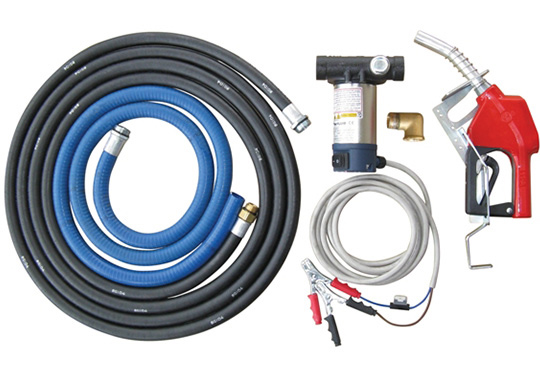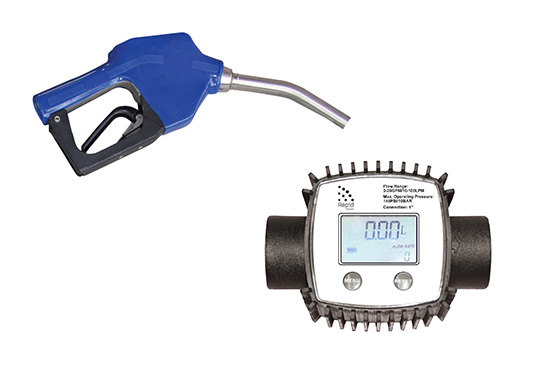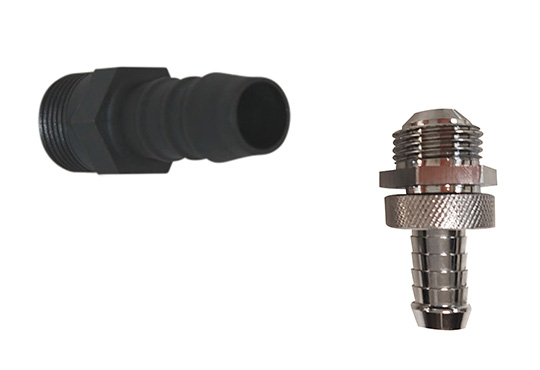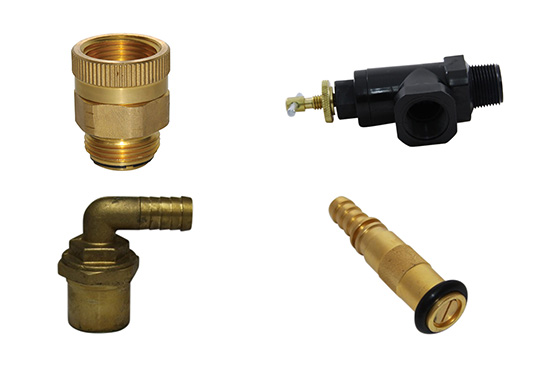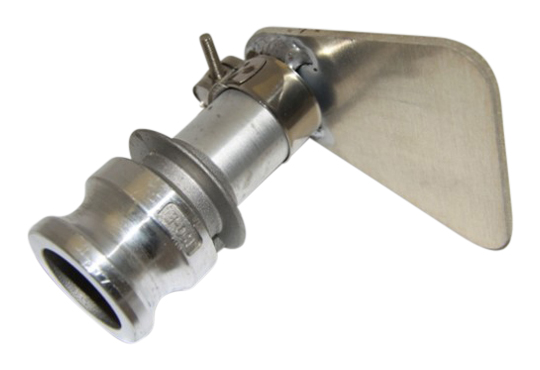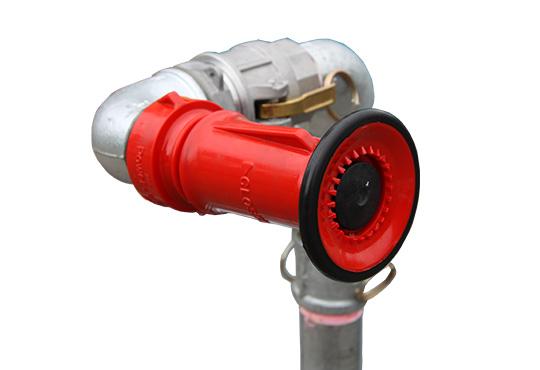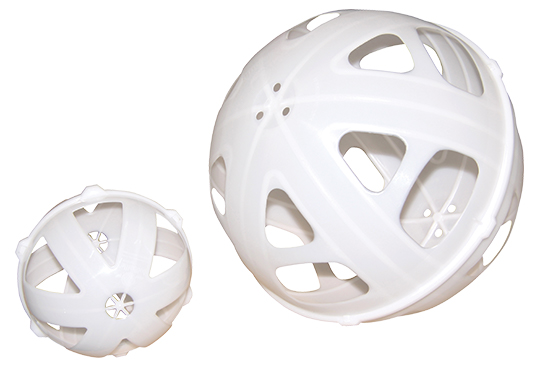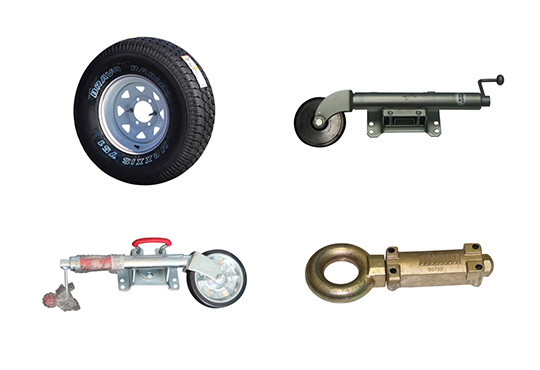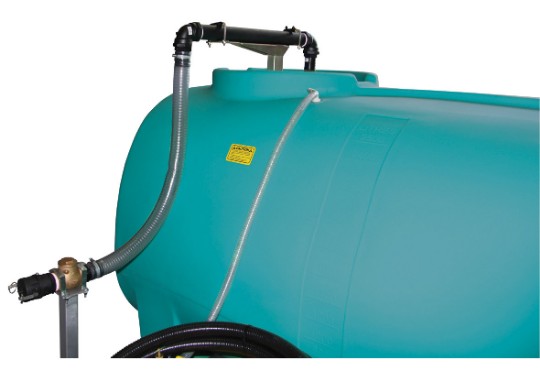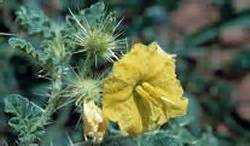
Native from Canada and central Mexico, Buffalo Burr was first recorded as a weed in Australia in the early 1900’s. Preferring overgrazed, compact and disturbed ground, the weed can tolerate most soil types and climates, is water logged and drought tolerant and is also known to invade areas where crops are present.
Buffalo burr causes significant economical impacts as the prickly burrs can detach from the body of the plant and contaminate the wool of passing stock, causing faults in the product and lessening its value for wool producers throughout Australia. The weed also invades cereal crops where is competes for space, light and nutrients with the desired crop.
The main characteristics of Buffalo Burr are erect, multi-stemmed branches growing up to 50cms in height which grow woods as the plant matures. The stems are hairy and produce yellow coloured prickles which can reach 1.5cm in length and dark green leaves with rounded, irregular edged lobes.
Buffalo Burr also produces bright yellow 2 to 3cm followers which grow in clusters and have a densely prickled calyx which enclose a globular black coloured berry. It is the sharp calyx that attaches itself to passing livestock, harming the animal and embedding itself in their wool. Buffalo Burr is also poisonous, although it is seldom eaten by animals due to its prickly burrs.
Dispersed by seed, in the wool of animals and via contaminated grain, Buffalo Burr can spread over great distances causing further infestations. Where water is present, the calyx float downstream and can also be spread by strong winds as tumbleweed.
Buffalo Burr germinates during autumn and begins to flower in late spring and summer. Plants take less than one year to mature so it is essential that Buffalo Burr is targeted for eradication as soon as young plants are identified.
In order to effectively control Buffalo Burr, eradication with herbicide is considered to be the fastest and easiest way of tackling infestations. Using a powerful motor driven spot sprayer, such as the Spray Marshal Plus+ range from Rapid Spray, weeds can be treated with Estercide® Xtra in early spring during the seedling to pre-flowering stage.
Using a quality spray unit that offers a powerful stream of chemical, spray outbreaks thoroughly to ensure complete foliar coverage. After seven days, the Buffalo Burr plants should wither and die. Some weeds may have become moderately resistant to herbicides and mature plants may need a repeat treatment to ensure a complete kill.
For further information on effective spray equipment options to control Buffalo Burr, call 1800 011 000 to speak to a member of the Rapid Spray team or click here to view the entire range of innovate spray products.




